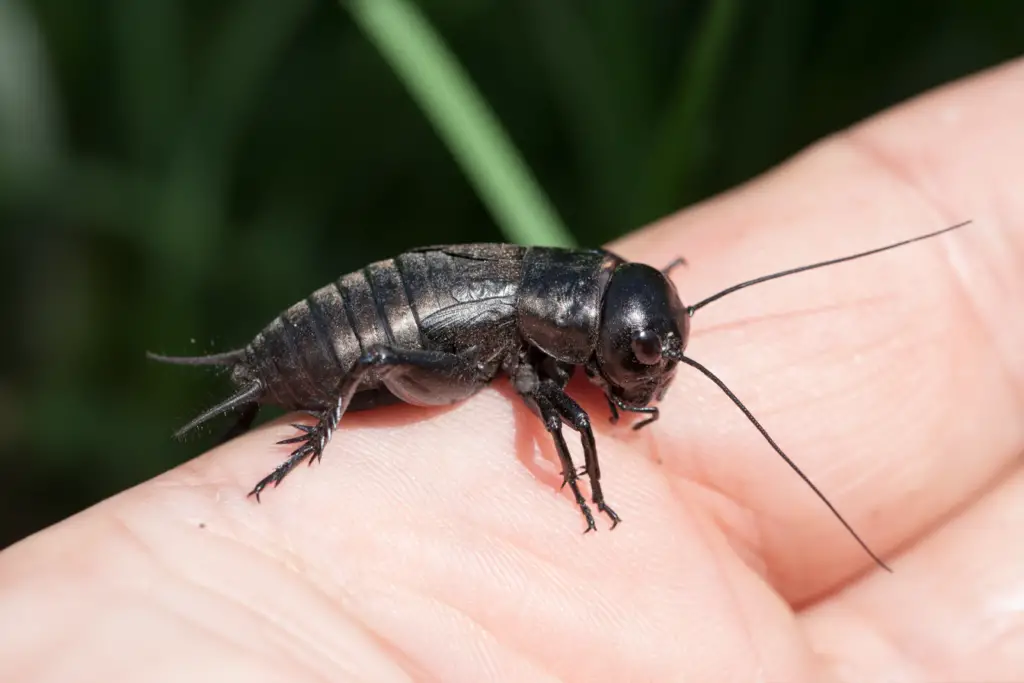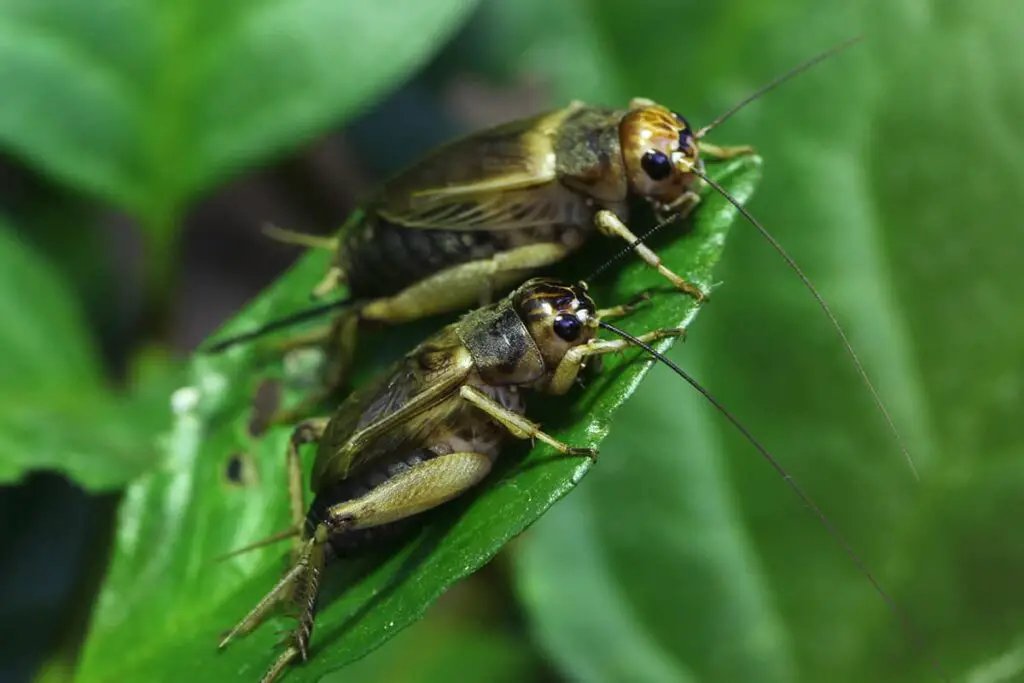
Caring for crickets can be a curious journey, especially when you notice changes in their appearance. If your crickets are turning black, it can be alarming. This change might be due to several factors, ranging from their natural lifecycle to environmental conditions. Understanding the underlying reasons can help ensure your crickets stay healthy and lively, ready to serve their purpose, whether as pets or as feeders.
Discovering your crickets’ color transforming to a darker shade could stem from simple causes like aging or more concerning issues like stress and disease. Inadequate housing conditions, such as overcrowding or high humidity levels, have been known to cause these changes, impacting their wellbeing. Considering the importance of crickets as a food source for other pets, maintaining their health is essential for the well-being of your entire pet ecosystem.
Understanding Cricket Coloration
In your exploration of cricket care, you might notice color changes that can be indicative of their overall health and environment. Here’s what you need to know about the factors that can affect the color of crickets and how molting plays a role in these changes.
Factors Influencing Cricket Pigmentation
The pigmentation of crickets, specifically melanin, is responsible for their coloration. Your crickets may turn black due to an increase in melanin, which could be a response to various factors, including stress or age. Ventilation is crucial, as poor air circulation can lead to higher stress and mortality, which might cause surviving crickets to become darker. On another note, consider the camouflage benefits; dark colors help crickets evade predators by blending into their surroundings more effectively.
Molting and Color Changes
Crickets undergo a process called molting, shedding their old exoskeleton to grow a new one. This can often lead to a temporary change in color; your crickets might appear darker just before a molt. Furthermore, a darker exoskeleton post-molt can provide better temperature regulation. Due to their cold-blooded nature, crickets rely on external heat sources to manage their body temperature, and a darker color absorbs more heat, which is crucial for their survival.
Common Reasons for Crickets Turning Black
When your crickets start turning black, it’s typically a sign of stress or illness. Let’s explore the common culprits that might be affecting your pet’s food supply.
Environmental Stress
Poor Ventilation: Crickets require adequate airflow to thrive. If they’re kept in an environment with limited ventilation, the buildup of waste can lead to ammonia gas, which is deadly for them. To counteract this, you need to ensure their habitat offers plenty of ventilation, avoiding overcrowding and regular habitat maintenance.
Inadequate Conditions: Temperature and humidity levels that are too high or too low can cause your crickets to undergo stress, leading to a condition where they turn black and potentially die. It’s vital to maintain conditions that mimic their natural environment as closely as possible.
Disease and Parasitic Infections
Crickets are susceptible to various diseases and parasites that can result in noticeable physical changes, including blackening of their bodies. This can often be a sign of a lethal viral infection known as cricket paralysis virus. Maintaining a clean habitat and monitoring for signs of illness can help minimize these risks.
Genetic Factors
Occasionally, the reason behind crickets turning black could be linked to their genetics. Similar to how other traits are passed down through generations, some crickets might exhibit a blackening of their exoskeleton naturally. It’s less common but still a possibility to consider.
Implications of Color Change in Crickets
The color change in your crickets can be quite revealing, offering insights into their overall well-being and the dynamics of their populations.
Health and Vitality Indicators
When your crickets turn black, it’s essential to consider this as a potential health indicator. For instance, crickets may undergo a process known as melanization, where melanin is produced in their exoskeleton. This pigment change could signal various physiological conditions. If environmental factors are optimal but you still notice a color shift towards black, it might be a sign to investigate their living conditions or potential health issues they are facing.
Breeding and Population Dynamics
Darker crickets could also relate to the species’ breeding routines and population balance. Some cricket breeders observed a transition to breeding Black or Jamaican Crickets post a virus outbreak, affecting the species proportions you might see in pet stores. A significant shift in coloration within your cricket population could hint at a change in the species being bred or supplied, thus impacting the overall population dynamics you’re witnessing.
Frequently Asked Questions
This section covers common inquiries about crickets experiencing color changes, providing insights into the causes, prevention, and implications.
What causes crickets to change color?
Crickets may change color due to a variety of reasons such as stress, aging, or environmental factors. Differences in humidity, temperature, and even the presence of diseases can lead to a change in coloration.
How can I prevent my crickets from dying?
Ensuring a proper diet, maintaining a clean habitat with adequate ventilation, and keeping optimal humidity and temperature levels can help prevent your crickets from dying. It’s crucial to remove any deceased crickets promptly to avoid toxic ammonia buildup that can harm the other crickets.
What are the reasons behind crickets turning black?
One common cause of crickets turning black is exposure to high humidity levels. Other potential reasons include fungal growth, the natural death process, or genetic factors.
Is there any significance to finding black crickets indoors?
Finding black crickets indoors doesn’t typically signify anything specific beyond possible issues with your cricket colony’s environment, such as excessive moisture or lack of proper care.
What should I do if I find dead crickets?
If you find dead crickets, remove them immediately from the enclosure to prevent the spread of bacteria and the release of ammonia, which can negatively affect the health of the remaining crickets.
Are black or brown crickets different from other crickets?
Black or brown coloration in crickets can be a natural variation, but it can also indicate environmental stress or health issues. It’s important to observe any changes in behavior or mortality rates in conjunction with these color changes.
Driven by a passion for those tiny creatures that rule our world, we at Bug Domain strive to be your go-to resource for information on insects.




